Parrot Bluetooth EasyDrive Review

Parrot are a French manufacturer of accessories using the Bluetooth technology and one of the world's leaders of car kit solutions for mobile cellphones. We've already reviewed the high-end LS-3400 car kit with color display and integrated GPS navigation, but now we are testing a nice little car kit that doesn't require hardware installation and so is easy to be used in multiple vehicles just plug it in the car's lighter (to use it as power source) and set the control unit up on place of the dashboard that is easy to be reached while driving and you're ready to experience the wireless (Bluetooth) handsfree experienced brought to you by Parrot.
|
| ||||
|
The car kit consists of two parts: main unit (speaker) and a navigator/microphone (keypad). The first must be connected to the car's lighter since it is using it as power source, and the two are connected with a wire between them but wirelessly with your phone, using Bluetooth technology that is the world's standard for mobile phone accessories. The main unit houses 2W speaker that brings the incoming voice to your ears allowing you to accomplish a call. The speaker is situated under a round protective cover, and the car kit comes with a couple of these you can use either a black or a transparent white cover over the speaker to match it with the car's interior, and as you can see from the images, we found the Black to look more classy in our car.
At the other end of the cord, connected to the speaker is the keypad of the kit and a microphone for transferring your voice to the other party. Taking or rejecting calls, volume adjusting or entering the menu systems is done via the two buttons and the rotating wheel. The two keys for managing the call are made of glossy black plastic that easy catches fingerprints on its surface and unfortunately are completely flush and you can't feel them if you don't know there place. Their tactile response is also awful and pressing them is hard. A small window on each houses a green or red LED respectively, but they are not strong enough to be perfectly visible in the dark. Between the couple is the round volume key, covered with mat rubber. Pressing it is as easy as swiveling it and you won't encounter any serious problems with it at all, but this is only if you grab the whole of it and swivel it.
TECHNICAL AND COMMERCIAL SPECIFICATIONS
Dimensions:
Keypad : 45 x 15 x 60 mm; Speaker : 58 x 58 x 110 mm
Weight:
Keypad : 26 g; Speaker : 86 g
Kit contents:
1 keypad, 1 HP, 2 covers : transparent and noir, fitting accessories, 1 user guide
Omnidirectional microphone
Noise reduction, echo cancellation, voice recognition up to 150 names
2 watts speaker
Standards:
CE, e2, FCC, RSS210
BLUETOOTH® TECHNOLOGY
The Bluetooth® technology enables voice and data transmissions to be performed via a short-distance radio link. It connects a wide range of electronic equipment without requiring additional cables.
PHONE COMPATIBILITY
Compatible with all Bluetooth® mobile phones: Blackberry, HP, i-mate, Motorola, Nec, Nokia, Qtek, Palm, Panasonic, Philips, Sagem, Samsung, Sendo, Sharp, Siemens, Sony-Ericsson, SPV, Telital
Pairing with à phone (up to five different device) is done after the Answer key is held down for a few seconds you then search for the carkit through your phone and enter the Bluetooth key (1234 by default) all done in a few seconds and you are ready to use the handsfree car kit with your phone.
When there is an incoming call, the speaker will notify you and the key lights will flash; using the keys you can answer or reject the call without taking your attention away from the road. During a call the incoming volume is loud enough only for quite environment and if there is music in the car for example, you won't be able to do your call this is main drawback of those type of units, when compared to others that are installed in the car and connected to its stereo system, using it for reproducing of incoming sound, after automatically muting the music that's played.
|
|
| ||||||
|
Although it lacks ANY kind of display for service information, the EasyDrive kit has menu a voice menu. You can open it by pressing the wheel key and you will hear the function of the menu through the speaker. The following menus are available:
- Language
- Volume
- Add voiceprints
- Magic Word
- Updating the software by Bluetooth
Even that you navigate through the menus only by HEARing what they do, the sound of the speaker is so muffled that you may not understand what the voice says about a menu and wonder about its functionality. Once you are in a particular menu, it says its name and status: for example Language English. If you are happy with the setting you can switch to other menu, but if you want to change something it you can enter by pressing the scroll. The kit supports multiple languages: English, French, Spanish, Italian, German, Dutch.
Adding a voice tag to a contact is done in the second menu, but in order to do this, you should send the contact from your phone to the kit and then save the tag for calling it.
Magic Word" is by default inactive, and if you want to activate it you enter it by pressing the wheel and than can record keywords like answer and reject for managing a call or using the voice dialing without taking your hands off the steering wheel. Voice recognition is not the best though, and that is because of the not flawless microphone quality.
Performance:
When a call is received, the car kit rings through its speaker and if your music volume is not very high, it should be easy to hear it; as it is not installed, the music from the car's stereo is not muted automatically, but you should do it on your own.
During a call, the volume through the speaker is only loud enough if there isn't any music playing in the car. Its quality is not what we expected the sound is muffled, the high frequencies are completely missing, and the human voice coming from it sounds so unrealistic, that a lot of times we could hardly understand what the other party was saying similar to the voice menus.
The outgoing sound quality is also below the average, and it is nice to see that DSP (digital signal processing) is supported which definitely helped when there was background music during a call or other ambient noises the other party was still able to hear our voice and understand what we said. During our testing, we drove on a highway with between 40 and 60 mph and tested the DSP by rolling down first the one and then both windows. The DSP solution performed excellent and even when one of the windows was completely rolled down we could continue the conversation. When the second was also rolled down, the wind noise was too powerful and the other party could not understand us.
Conclusion:
The major problem of the EasyDrive headset is its sound quality that is almost completely lacking; both incoming (through the 2W speaker) and outgoing (through the kit's microphone) sounds are so poor in quality, that even navigating though its menus and trying to add voice tags is a difficult mission. During a call, you'll often preferred to disconnect it and just use your cellphone, as you may not be able to achieve a conversation due to the poor sound.
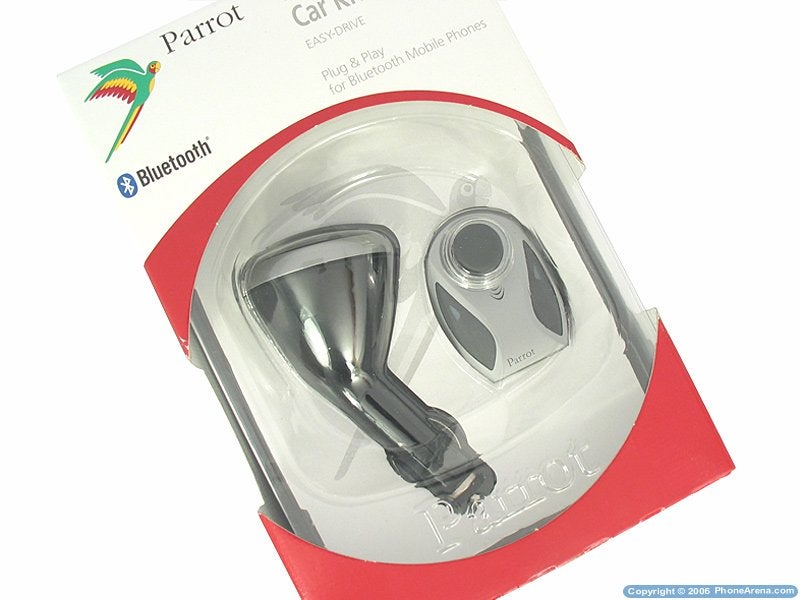
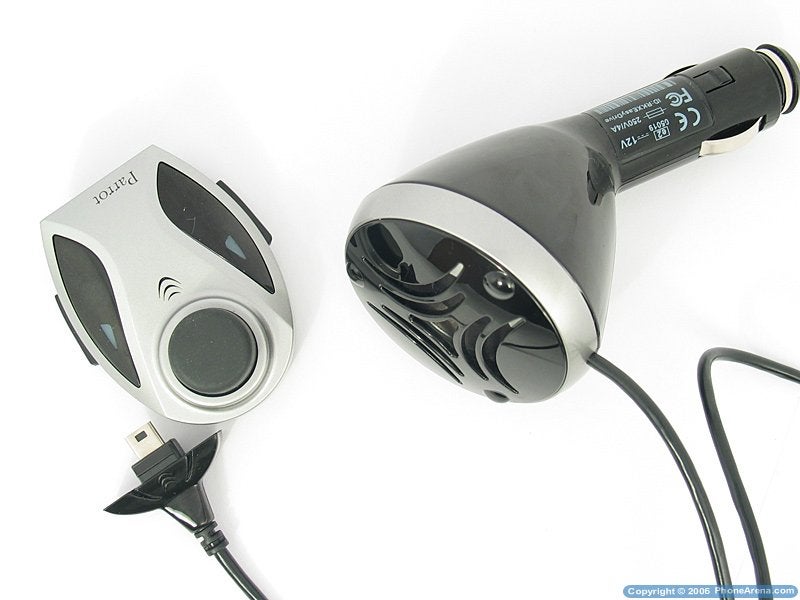
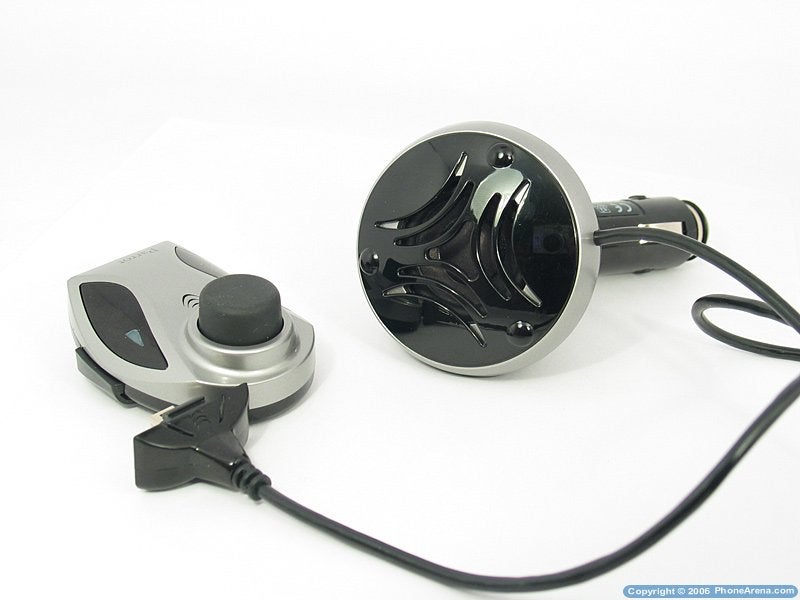

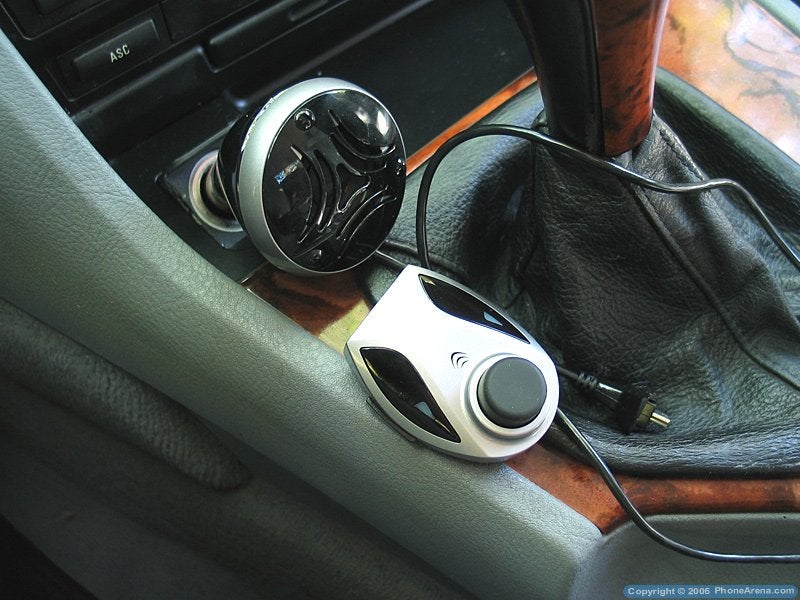
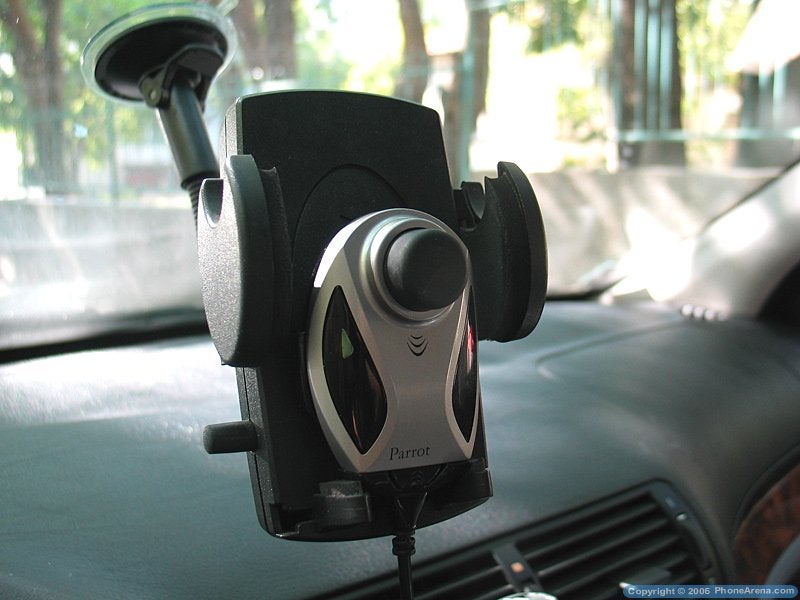
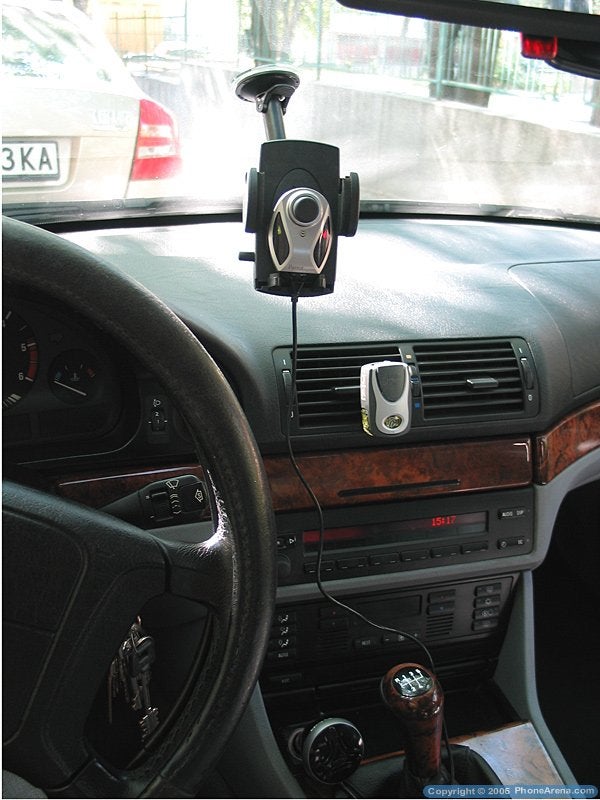












Things that are NOT allowed: